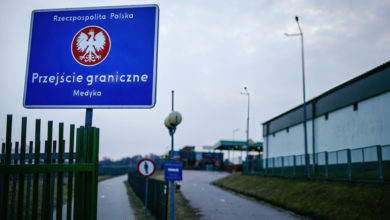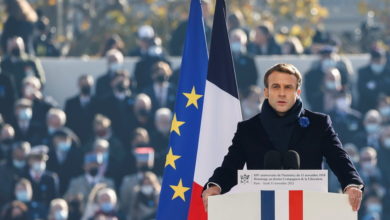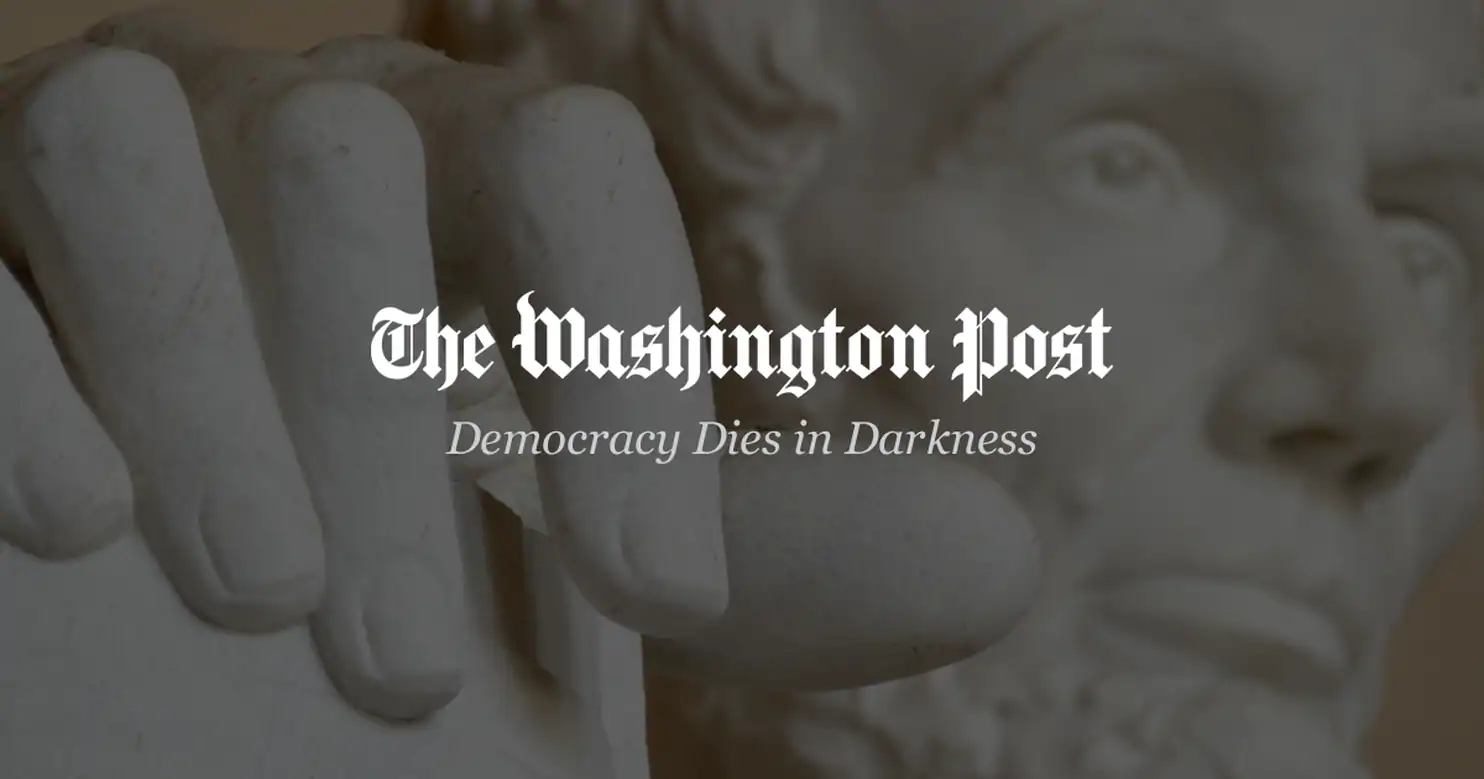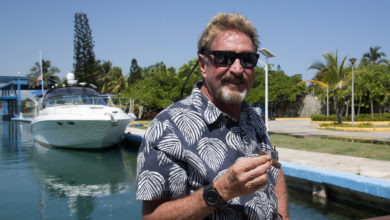Leave No Trace: True Story Behind Boy Scouts Documentary

FThe Boy Scouts were an iconographic and cultural symbol of American values for more than 100 years. “It’s apple pie, it’s baseball, it’s mom, it’s Fourth of July, it’s the American flag, it’s Norman Rockwell, it’s everything” says journalist and former scout Nigel Jaquiss in the new Hulu documentary Leave No Trace. Boy Scouts of America (BSA), in February 2020 filed for bankruptcy due to the sexual abuse claims of more than 82,000 former Scouts. The organization was hit hard by the revelations that it had been covering up child abuse throughout its entire existence.
Peabody-nominated Emmy-winning and Oscar-nominated journalist Irene Taylor directed the film Leave No Trace showcases the devastating consequences of unchecked sexual abuse in BSA through interviews with five survivors who were abused during their time as scouts, as well as archival footage, and a meticulous recounting of BSA’s history. The documentary also demonstrates the staggering scale and timeline of the organization’s coordinated cover-up effort through interviews with lawyers, historians, experts, and current and former BSA executives.
Everything from formula shortages to discriminatory, medically questionable legislation to the pervasive epidemic of gun violence is threatening the safety and security of children in America. Leave No Trace This is an indictment of institutional neglect for children’s suffering.
An impressive history of allies
Boy Scouts of America was established in 1910 to address concerns that growing industrialization and urbanization might lead to a new generation of uninformed and insufficiently resilient men. Woodrow Wilson and Norman Rockwell (famous Americana artist), were among the organization’s early supporters. As its membership grew, BSA used its relationships in government to secure a federal charter, allowing it to corner the market on boys’ scouting across the country.
With help from Rockwell’s commissioned art, which BSA carefully controlled, the organization crafted an idealized, virtuous version of boyhood and masculinity that saturated American culture. John F. Kennedy was elected the Boy Scout President in 1960. In 1969, Neil Armstrong sent a unique greeting to his Eagle Scouts when he radioed from space. It was obvious: BSA produces the best Americans. Jaquiss is also a producer Leave No Trace describes in the film, the organization told parents: “You can trust us. We can make your son into a man. We will be good for your son.”
Share your stories with survivors

Still from “Leave No Trace”
ABC
In interviews with the survivors Leave No TraceExpound on the traits that were imposed upon Scouts during their time in BSA and explain how this contributed to their vulnerability. Scouts are trustworthy, reliable, honest, generous, helpful, kind, courteous, kind and cheerful.
“Obedient,” says John Humphrey, a former scout who was abused for three years. “I think that’s the one that got a lot of scouts in trouble.” Humphrey is now the leader of the Torts Claimant Committee, which represents the interests of the various plaintiffs, many of whom have different lawyers, against BSA in the organization’s bankruptcy case.
“A boy scout is trustworthy, so I trusted everyone,” says Stuart Lord, a university president who joined BSA while living in foster care and was abused for eight years by multiple leaders and volunteers.
Film participants share stories about the consequences of their abuses and how it continues to affect them. Research demonstrates that men and boys who experience sexual victimization are likely to feel “disempowerment and emasculation,” leading to feelings of guilt, struggles with substance abuse, and the kind of lasting suffering masked with stoicism that can stunt a life before it’s had the chance to fully begin. One survivor interviewed in the documentary, 75-year-old Ron Kerman, describes the sense that he has never achieved his full potential: “I’ve lost jobs because sometimes people got in my face, and their authority got obnoxious to me [and] my rage got through.”
“It’s about figuring out how to move from victim to survivor,” says Humphrey of the coping and healing he and the other survivors he’s connected with are moving through today, “and that’s a very profound process. I don’t think you can put a price on that.”
Film also examines landmark litigations against BSA such as the one brought forward by Kerry Lewis in 2010. He sued BSA for abuse that he received while a Scout. And James Dale was removed from BSA and denied his Eagle Scout title for being gay.
Boy Scouts of America uncovered abuses but declined to take any action

Leave No Trace is an indictment about the destruction caused by institutions’ disregard for children’s suffering
ABC
Leave No Trace paints the organization’s long roster of esteemed members and supporters as integral to sustaining the silence around the pervasive abuse endured by its young members. It is also clear in the documentary that the organization knew of numerous abuse cases early and tried to deal with them without external intervention.
New York was established in 1935. Times published a story on the organization’s “red list”—an inventory of over 1,000 scout leaders accused of abuse and pedophilia. Peter Janci, an attorney representing many of the plaintiffs against BSA, says their case demonstrates that the list was deliberately kept from authorities—setting a precedent that would become standard operating procedure.
Over the years, BSA created “probation,” a status that rarely came with consequences of any kind and virtually never involved legal action. The system would log abusers, and then reshuffle them through it. This is a similarity to the redistribution in clergy that was facing allegations of abuse. Leave No Trace details BSA’s exhaustive “perversion files,” where information about perpetrators of abuse was collected, and never acted upon.
Leave No Trace leaves a powerful impression that denial continues to be BSA’s status quo. “There was just no awareness of the issues at that time,” BSA representative Rachel Rosenblatt tells Jaquiss when he asks how the organization responded to accusations as they piled up over the decades. When they realized the issue was growing, Jaquiss asks if BSA attempted to do more to help the scouts. “Nobody was doing more,” Rosenblatt responds.
This is the case today
Boy Scouts of America today has lost more than half of its staff to bankruptcy. The film shows how high-ranking officers continue to earn top-dollar and are paid higher than the average salaries in their sector. Jim Turley, the President of BSA from 2018 to 2019, emphasizes that BSA executives’ salaries were decided by an independent board. “I like to live my life out the windshield,” he says, offering the same benign smile in response to inquiries about his salary as he does when questioned about BSA’s handling of abuse, “not the rearview mirror.”
In February 2022, the survivors voted to accept BSA’s offered restitution. With no options remaining, BSA paid $2.7 billion in settlement. This money will be divided among survivors based on the extent of their abuse and it is likely to increase as more survivors come forward.
Leave No Trace tells the story of what happened when the ubiquitous question, “Won’t someone think of the children?” was posed to the Boy Scouts of America, an institution whose driving mission, at surface level, has always been the care and wellbeing of kids. The question reverberated as 70 years’ worth of abuse allegations piled up and were buried. The answer, offered repeatedly by BSA over the years, and again by the organization’s representatives in Leave No Trace: “No.”
Jaquiss, who once traded oil, describes the Boy Scouts of America as “a commodity business, and the commodity is boys.” As for those whose experiences with the organization ultimately harmed them? “Collateral damage.”
Here are more must-read stories from TIME





